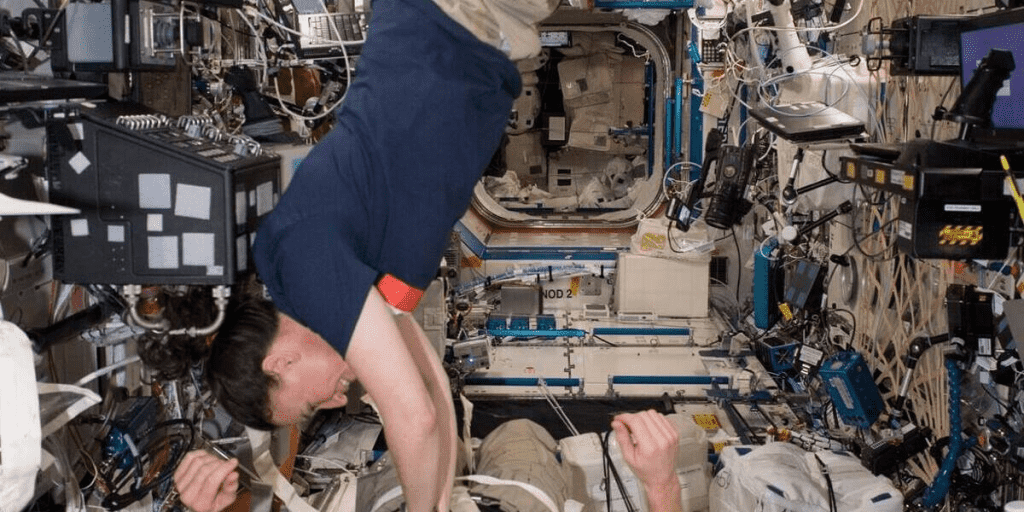As we know, astronauts have to remain in the conditions of zero gravity while practicing for their space missions. This means that they are subjected to a lot of biological changes in their bodies and are also exposed to medical hazards due to zero gravity and pressurized cabins. However, they are trained well in advance to handle any medical emergency on board as they have no access to any doctor or hospital there. Considering this, an astronaut of the European Space Agency, Samantha Cristoforetti, has depicted in a video performing CPR on her “patient” in a zero-gravity system.
CPR, also known as “Cardiopulmonary Resuscitation,” can be performed by using certain tricks and techniques while you are on board the ISS. Cristoforetti first turned herself upside down and stuck her feet on the roof of the ISS. Then she pushed herself with her feet and put pressure along with her arms on the chest of the patient laying down on the CPR bed. This method is known as “chest compressions” and can really help a person regain their heartbeat or breathing back.

She said in the video, “If a person stops breathing or their heart stops beating, chest compressions can help pump blood to keep them alive. You have to find a way to push off against [a surface].” She further said that if you ever plan to use regular methods to do CPR, forget them because, in that case, you might lose the patient because of the high probability of risks involved in such an atmosphere.

On the other hand, it was reported by Digital Trends yesterday that when you are on board the ISS, neither CPR nor AED (automated external defibrillator) are crucial. This means that we cannot use the typical methods and can adopt the one shared by Cristoforetti due to the sensitivity of the conditions. Hence, we know that human beings are continuously trying to make the most out of space missions and discover those details that haven’t been found before.
This also stimulates the process of sending more and more spacecrafts to the moon and Mars. Therefore, astronauts should always be ready for such situations and should be well trained beforehand to handle any type of medical emergency in space.


